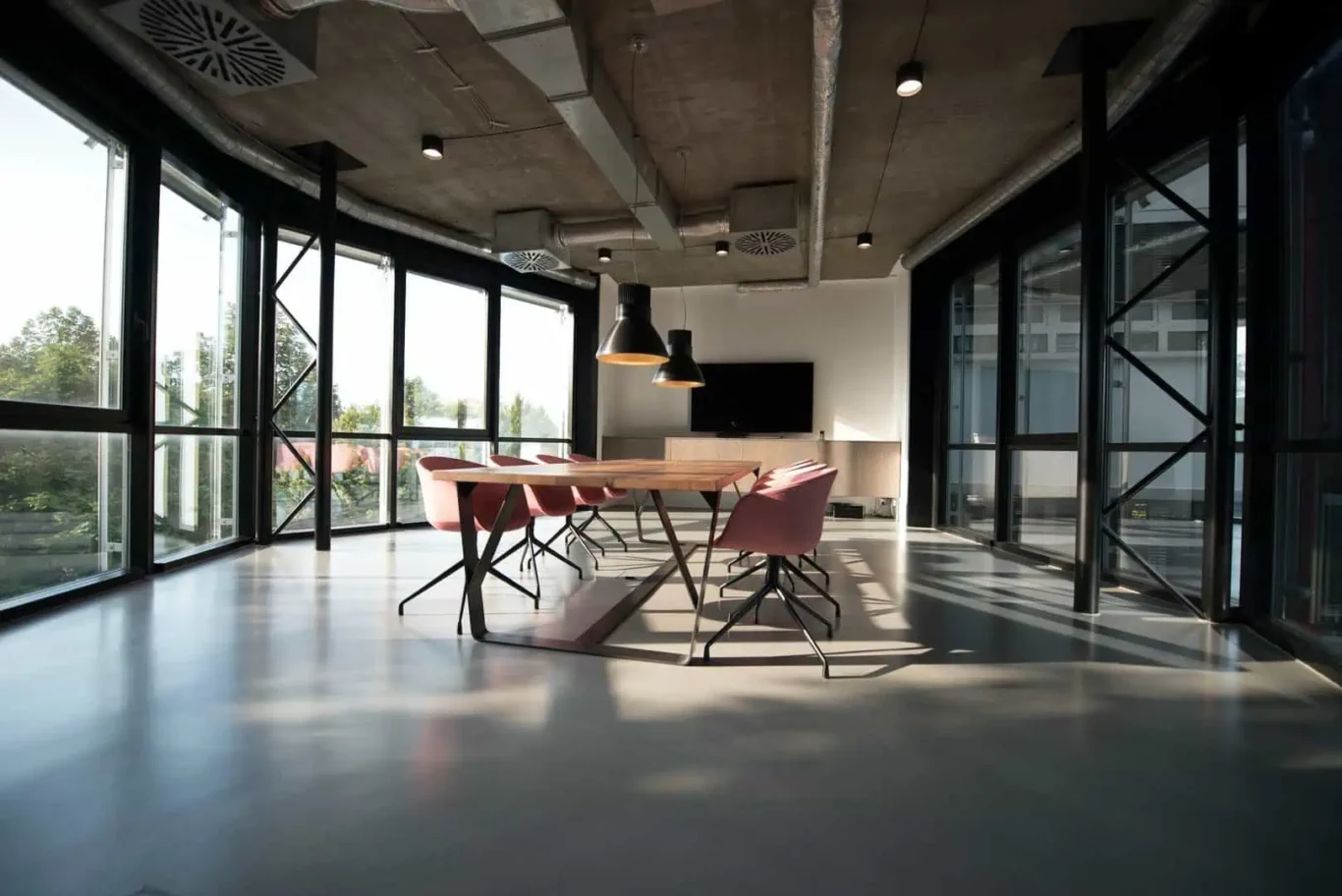When parties choose to participate in mediation, they are agreeing to engage in a facilitated negotiation process to resolve a dispute. Mediation is a voluntary and confidential process that allows the parties to work together to reach a mutually acceptable agreement. In this article, we will discuss what parties can expect when going into mediation.
Neutral and Impartial Mediator
The mediator is a neutral and impartial third party who facilitates the negotiation process. The mediator’s role is to guide the parties through the mediation process, help them identify their interests, needs, and objectives, and assist them in reaching a mutually acceptable agreement.
The mediator does not take sides or make decisions for the parties. Instead, the mediator helps the parties communicate effectively, explore their options, and develop creative solutions to resolve the dispute.
Confidentiality
Confidentiality is a key feature of mediation. The mediator and the parties agree to keep all communications and information shared during the mediation process confidential. This means that any statements, proposals, or admissions made during mediation cannot be used as evidence in any subsequent legal proceedings.
Confidentiality allows the parties to speak openly and honestly during the mediation process without fear of repercussions. It also encourages the parties to focus on finding a solution rather than assigning blame or seeking punishment.
Voluntary Participation
Participation in mediation is voluntary. The parties can choose whether or not to participate in the process, and they can withdraw from mediation at any time if they feel it is not working for them.
Because participation is voluntary, the parties are more likely to be invested in finding a solution that works for everyone. Mediation also allows the parties to maintain control over the outcome of the dispute, rather than leaving the decision in the hands of a judge or arbitrator.
Informal Process
Mediation is an informal process. Unlike a court proceeding or an arbitration, there are no strict rules of evidence or procedure in mediation. The parties are free to communicate and negotiate in a way that works best for them.
This informality allows the parties to explore more creative solutions and to be more flexible in their approach to the dispute. It also means that the parties can avoid the costs and time associated with more formal dispute resolution methods.
Open Communication
Effective communication is a crucial aspect of mediation. The parties must be willing to listen to each other’s perspectives and communicate openly and honestly. The mediator helps facilitate this communication by encouraging the parties to speak directly to each other and by helping them identify and address any underlying issues or concerns.
By openly communicating with each other, the parties can work together to find common ground and develop solutions that meet their interests and needs.
Collaborative Approach
Mediation is a collaborative approach to resolving disputes. The parties work together to find a mutually acceptable solution that meets everyone’s needs. This collaborative approach can lead to more sustainable and long-lasting solutions, as the parties are invested in the outcome and committed to making it work.
Wrap-up
In conclusion, parties can expect a neutral and impartial mediator, confidentiality, voluntary participation, an informal process, open communication, and a collaborative approach when entering into mediation. By understanding these key features of mediation, parties can approach the process with a greater sense of clarity and confidence, and work towards a mutually acceptable resolution to their dispute.






